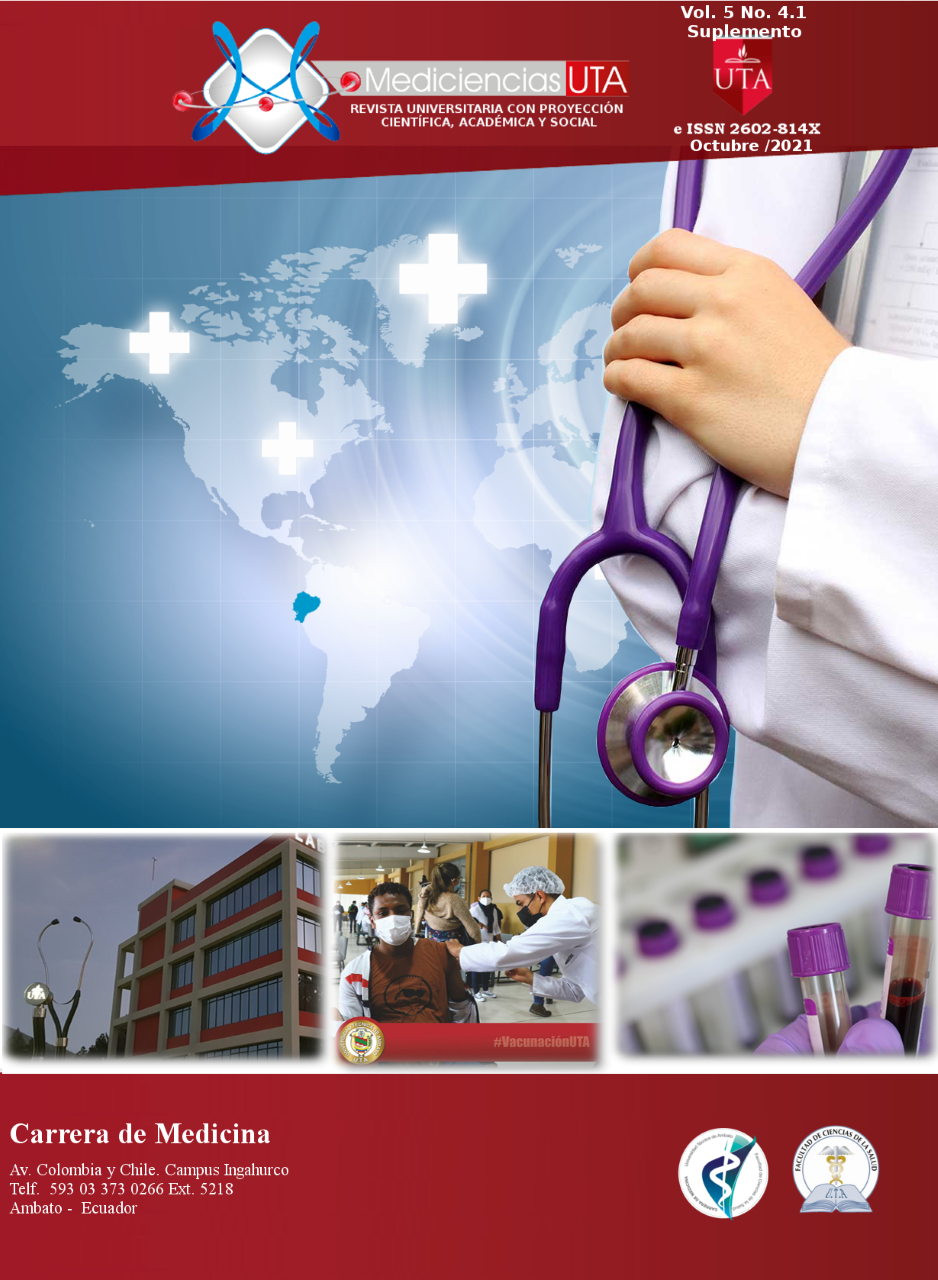Kaltenborn method on functionality in rotator cuff syndrome
Main Article Content
Abstract
Abstract
Introduction: Rotator cuff syndrome is one of the main limiting and disabling pathologies in the middle-aged population, manual therapy techniques such as the Kaltenborn method are proposed as a treatment alternative to treat its symptomatology and to be able to improve its functionality.
Objective: To determine the effectiveness of the Kaltenborn method in rotator cuff syndrome in adult patients to improve their functionality.
Material and methods: A prospective research with a quasi-experimental, longitudinal intervention design was carried out in 30 adult patients between 40 and 59 years of age with rotator cuff syndrome. Pain intensity, range of joint mobility and disability were evaluated before and after the intervention, by means of the Eva test, goniometric test and Spadi test. Four techniques of the Kaltenborn method were used for ten days, five times a week, with a duration of 20 minutes each intervention. Inclusion criteria: Presence of pain and limitation of the range of joint mobility for at least 3 months. Exclusion criteria: Intellectual disability, surgery on the affected shoulder, severe trauma. The study was approved by the Bioethics Committee of the Technical University of Ambato, the participants signed the informed consent.
Results: With the results obtained, the effectiveness of the application of the Kaltenborn method in rotator cuff syndrome regarding pain, ROM and functionality is affirmed, the EVA Test with Wilcoxon test P29=0.00, Goniometric test in all ranges of motion analyzed with Student's t-test P29=0.00 and Spadi's test with student's t-test P29=0.00.
Conclusions: The application of the Kaltenborn method, improved pain intensity, joint range of motion and functionality in the shoulder joint in adult patients with rotator cuff syndrome.



